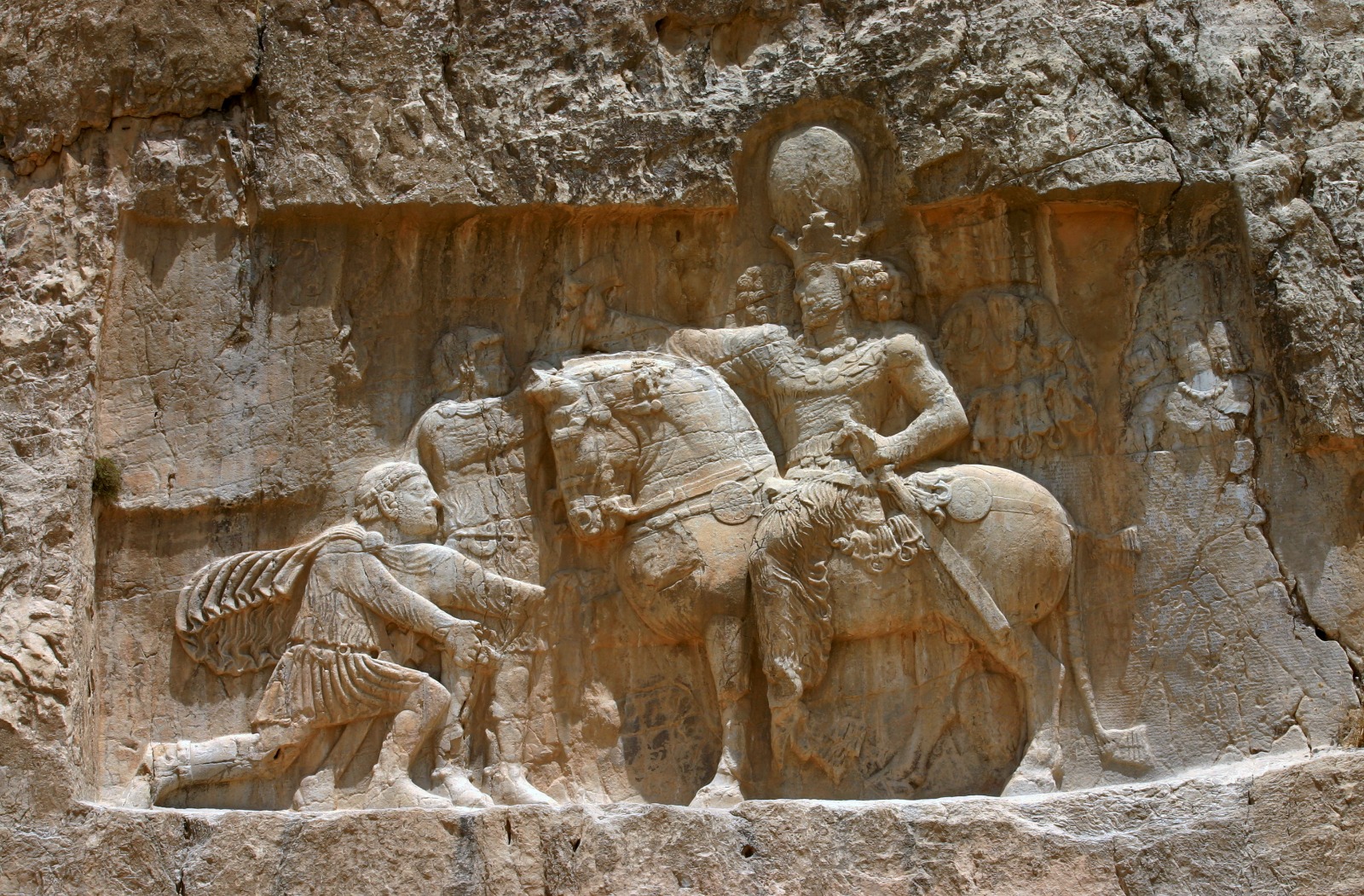
Ancient Roots
The Evil Eye’s origins can be traced back to the cradle of civilization, ancient Mesopotamia, where it was known as ‘Bārûtu.’ In the rich tapestry of Babylonian mythology, the gaze of certain malevolent deities was believed to bring misfortune and calamity upon unsuspecting individuals. This concept gradually spread across the ancient world, finding its way into the folklore of ancient Egypt, Greece, and Rome.
In these early civilizations, the Evil Eye was often depicted in various forms, such as a single eye or a pair of eyes, symbolizing its omnipresence and power. It was a symbol and a potent force of supernatural power capable of blessing and cursing. Amulets and talismans were crafted to ward off its evil influence, reflecting a deep-seated belief in the need for protection against these unseen forces.

Medieval Europe
With the spread of Christianity across Europe, the concept of the Evil Eye transformed, becoming intertwined with Christian beliefs and practices. In medieval Europe, it was commonly associated with witchcraft and demonic possession, with individuals accused of possessing the Evil Eye subjected to persecution and even execution during the witch trials of the Middle Ages.
During this period, various methods of protection against the Evil Eye emerged, ranging from charms and incantations to wearing amulets and casting spells. Superstitions surrounding the Evil Eye permeated all aspects of medieval life, shaping cultural norms and influencing the behavior of individuals within society. For instance, fearing the Evil Eye often leads to avoiding eye contact, which is a respectful and protective behavior.
Global Perspectives
The belief in the Evil Eye is not confined to a specific region or culture, but rather, it transcends geographical boundaries, manifesting in diverse cultures and traditions worldwide. In the Middle East, the ‘Nazar,’ a blue amulet featuring an eye motif, is commonly used to ward off the Evil Eye and protect against its harmful effects. Similarly, in India, the ‘Drishti Dosha’ concept is prevalent, believed to be caused by the malicious gaze of others. Various rituals and remedies, such as applying a black dot on the forehead or using lemon and chili, are employed to counteract its influence.
In Latin America, the ‘Mal de Ojo’ holds sway and similar beliefs exist about its ability to bring about illness and misfortune. This belief is deeply rooted in the region’s indigenous cultures and passed down through generations. Remedies such as garlic, red chili peppers, and incantations are believed to protect its malevolent gaze.

Modern Interpretations
Despite the advancements of modern society, belief in the Evil Eye persists in many cultures, albeit often in a more subdued form. In some regions, it has become intertwined with popular culture, featuring in literature, film, and art as a symbol of intrigue and mystique. For example, in literature, the Evil Eye is often portrayed as a mysterious power that can bring both good and bad fortune, adding depth and intrigue to the story.
However, its influence is very real for many individuals, particularly those from cultures where belief in the Evil Eye remains strong. From wearing protective amulets to performing rituals and prayers, the quest for protection against its perceived harm continues unabated, a testament to the deep-rooted respect and belief in this ancient concept.
The history of the Evil Eye is a testament to the enduring power of superstition and belief in the supernatural. Across millennia and cultures, this enigmatic concept has captivated the human imagination, inspiring awe, fear, and reverence in equal measure. Whether viewed as a relic of ancient folklore or a ‘living tradition’ with contemporary relevance, the Evil Eye influences the human psyche, reminding us of the enduring mysteries beyond rational explanation.
Peering into the Past: The Ancient Persia's Encounter with the Evil Eye
The Birth of Belief
Protective Measures


Royal Concerns
Cultural Legacy
The belief in the Evil Eye left an indelible mark on Persian culture, manifesting in various forms of art, literature, and folklore. Poets and storytellers wove tales of heroes and heroines who triumphed over the evil forces of envy and jealousy. At the same time, artists depicted scenes of mystical creatures and protective talismans in their works. Even today, traces of this ancient belief can be found in Persian traditions and customs as a reminder of the enduring power of superstition.
The encounter between ancient Persia and the Evil Eye is a testament to the profound impact of belief on human society. In a world where the line between reality and myth is often blurred, the fear of unseen forces exerts a powerful influence on individuals’ thoughts and actions. Though the sands of time may have obscured many aspects of ancient Persian culture, the legacy of their encounter with the Evil Eye endures, serving as a fascinating glimpse into the mysteries of the past.
Throughout history, people have devised myriad rituals, charms, and practices to protect themselves from the perceived malevolent influence of the Evil Eye. Whether it’s the blue Nazar Boncuğu in Turkey, the red thread in Eastern Europe, or the burning of sacred herbs in Native American cultures, each tradition reflects a deep-seated desire to ward off negative energy and promote well-being.
Furthermore, the persistence of belief in the Evil Eye highlights the enduring power of superstition and the human inclination to seek explanations for the inexplicable. Despite advancements in science and technology, the allure of mysticism and the unseen forces of the universe continue to captivate the human imagination.
As we journeyed through different cultures and regions, we witnessed how the belief in the Evil Eye has evolved, adapting to changing social, religious, and political landscapes. From ancient mythologies to contemporary practices, the legacy of the Evil Eye serves as a poignant reminder of the mysteries that lie at the intersection of tradition and modernity.
Ultimately, whether one believes in the tangible effects of the Evil Eye or views it as a relic of the past, its presence in global culture is undeniable. It serves as a testament to the richness and diversity of human experience, inviting us to explore the complexities of belief, spirituality, and the ever-present quest for protection and well-being.




Harnessing the Power of Sage: Exploring Its Benefits Beyond the Culinary Realm
Sage, a plant steeped in a rich history spanning centuries, is a culinary herb and a versatile botanical treasure.

The Mystique of the Dreamcatcher
In the quiet whispers of Native American folklore lies a tale that transcends generations
instagram:
Error: No feed found.
Please go to the Instagram Feed settings page to create a feed.


